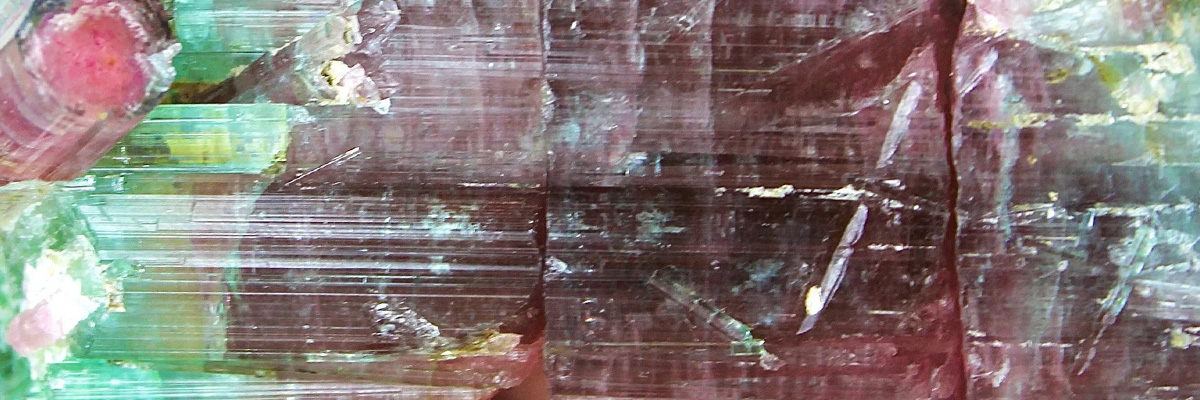Tourmaline is a complex boron silicate mineral that belongs to the hexagonal crystal system, with a wide array of colors and variations. This versatile mineral is characterized by its elongated, prismatic, or needle-like crystal structures, and can exhibit a vitreous to resinous luster. Some tourmaline crystals even exhibit striking color zoning or multiple colors within a single crystal, making them particularly captivating and unique.
Usage
Tourmaline is primarily used as a gemstone in the jewelry industry, where its diverse color range and unique properties are highly sought after. Additionally, tourmaline is utilized in the manufacturing of pressure-sensitive gauges and electrical devices due to its piezoelectric and pyroelectric properties. These properties allow tourmaline to generate an electric charge when subjected to mechanical stress or temperature changes.
Gemstone
As a gemstone, tourmaline is cherished for its remarkable color variety, which includes virtually every shade in the spectrum. Some of the most popular varieties include rubellite (red), indicolite (blue), verdelite (green), and the multicolored watermelon tourmaline. The diverse hues, combined with the gemstone’s durability and captivating crystal structures, make tourmaline an ideal choice for creating stunning and unique jewelry items such as rings, necklaces, and earrings.
Origin
Tourmaline forms through hydrothermal processes and in a wide range of geological environments, including igneous, metamorphic, and sedimentary rocks. It is commonly found in granitic pegmatites, where it crystallizes from the last stages of magma solidification. Tourmaline can also form during the metamorphism of rocks rich in aluminum, boron, and silica.
Occurrence
Tourmaline can be found in numerous locations around the world, with significant deposits in Brazil, Madagascar, Afghanistan, Mozambique, Nigeria, and the United States, particularly in California and Maine. These regions provide diverse geological environments conducive to the formation of the many varieties of tourmaline crystals.
Metaphysical
In metaphysical and spiritual practices, tourmaline is believed to possess a range of properties that vary depending on its color. Generally, tourmaline is considered a powerful grounding stone that promotes emotional healing, self-confidence, and the release of negative energies. The different color varieties are associated with specific chakras and are thought to aid in balancing and aligning the body’s energy centers, promoting overall well-being and spiritual growth.
| Class | Cyclosilicates |
| Formula | (BO3)3(Si,Al,B)6O18(OH,F)4 |
| Luster | Vitreous to resinous |
| Hardness (Mohs) | 7 – 7.5 |
| Streak | White |
| Color | Colorless, black, pink, red, green, blue, brown, and multicolored |
| Cleavage | Indistinct in one direction |
| Specific Gravity | 2.82 – 3.32 |

